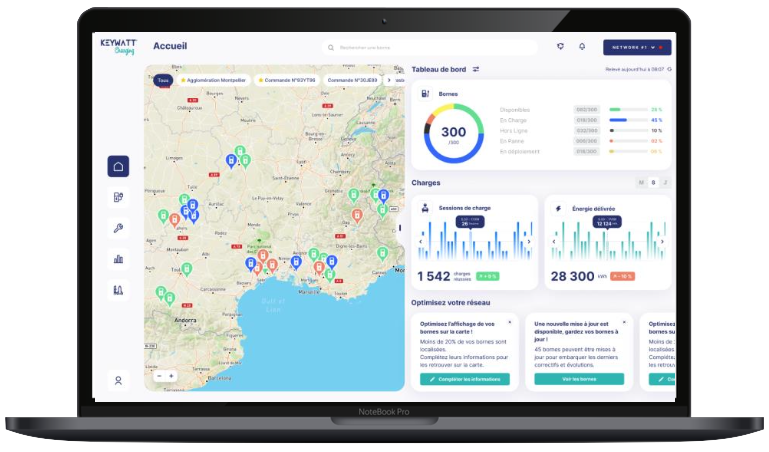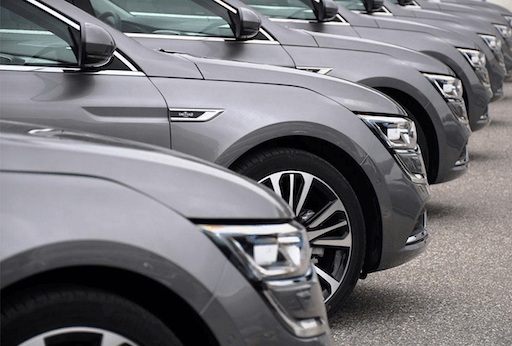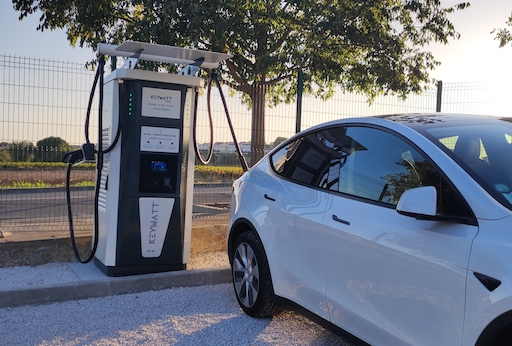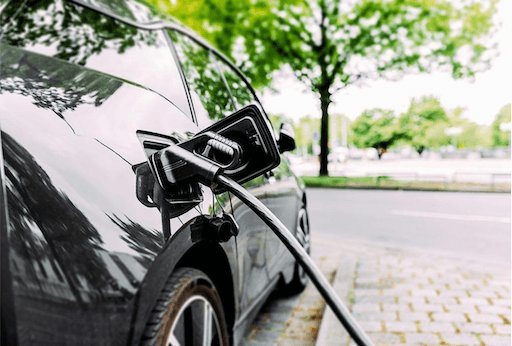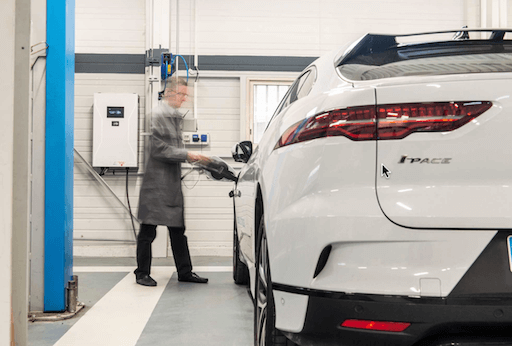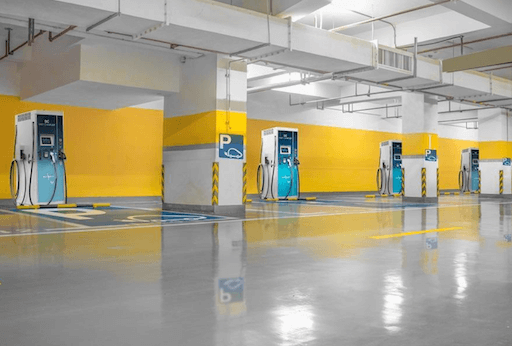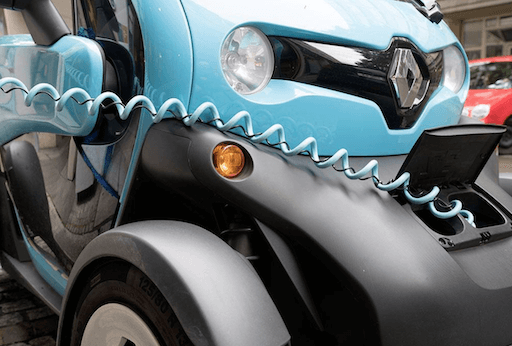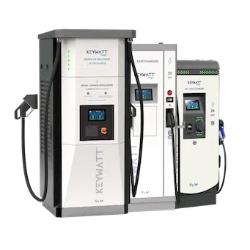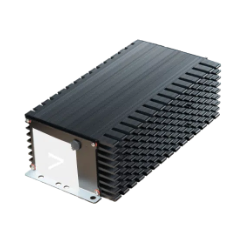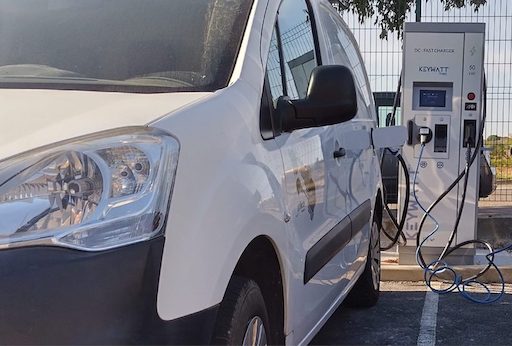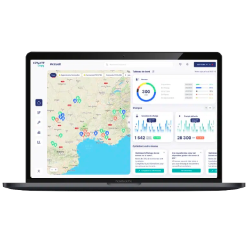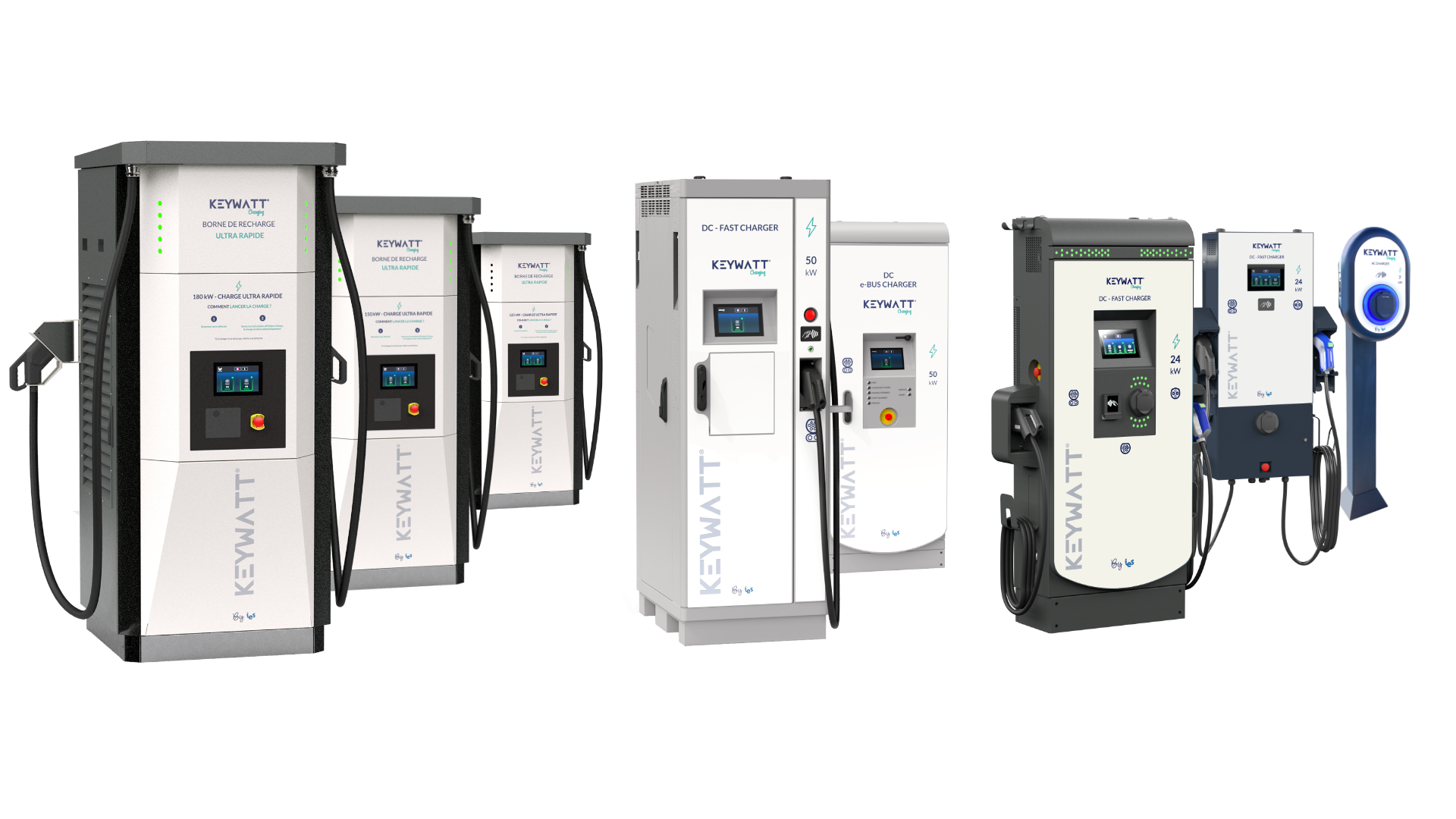
FAST CHARGING STATIONS
Keywatt® fast charging stations are true whizzes at charging electric vehicles. They offer fast, economical, easy-to-deploy charging solutions with plug & charge, easy to maintain due to their filterless cooling and over-the-air firmware updates, and are scalable. They are very attractive in the charging station market: available as wall-mounted or pedestal-mounted, single or multi-standard, for indoor or outdoor use with their waterproof design and integrated cybersecurity solutions.
CHARGING STATIONS
The IES Synergy charging stations represent a significant advancement in the field of electric vehicle charging stations. Designed to meet the growing needs of electric vehicle charging, these stations stand out for their cost-effective, compact, modular design and efficient footprint. Each IES Synergy electric charging station cleverly combines a power unit and an intuitive touchscreen, offering up to two charging points in a reduced space.
Ease of use is at the heart of the design of these electric car charging stations, with an intelligent cable management system and integrated payment options that simplify the user experience. Moreover, dual network connectivity ensures smooth and reliable communication with the charging network. The robust, all-in-one design of these stations reflects IES Synergy’s commitment to sustainability and reliability, thus ensuring a durable EV charging solution suitable for urban and commercial environments.
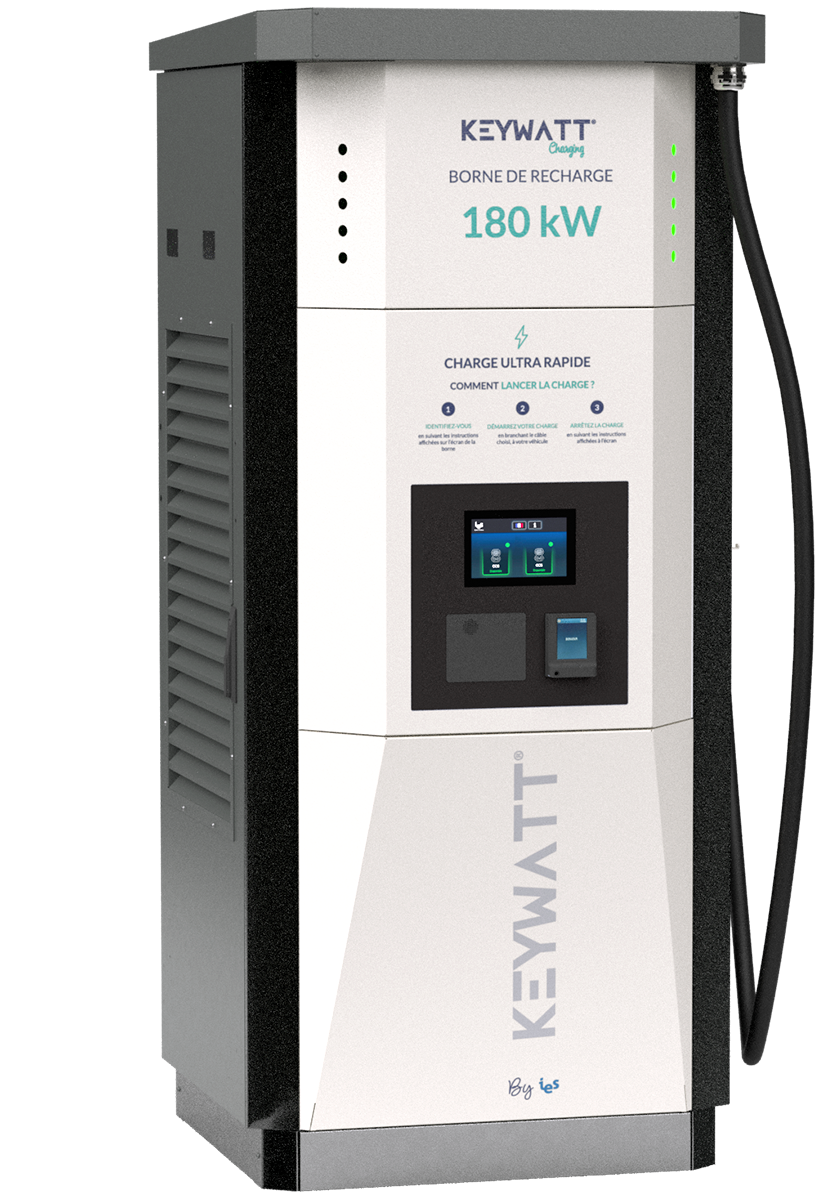
KEYWATT® S180
Developed to meet the need for ultra-fast charging on highways or in shopping center parking lots, and for charging heavy-duty vehicles, especially in depots.
- Designed to charge both light vehicles and heavy-duty vehicles.
- Deployed in private or public parking areas.
- High maintainability by design.
- A product optionally equipped with a POS terminal and a certified DC meter
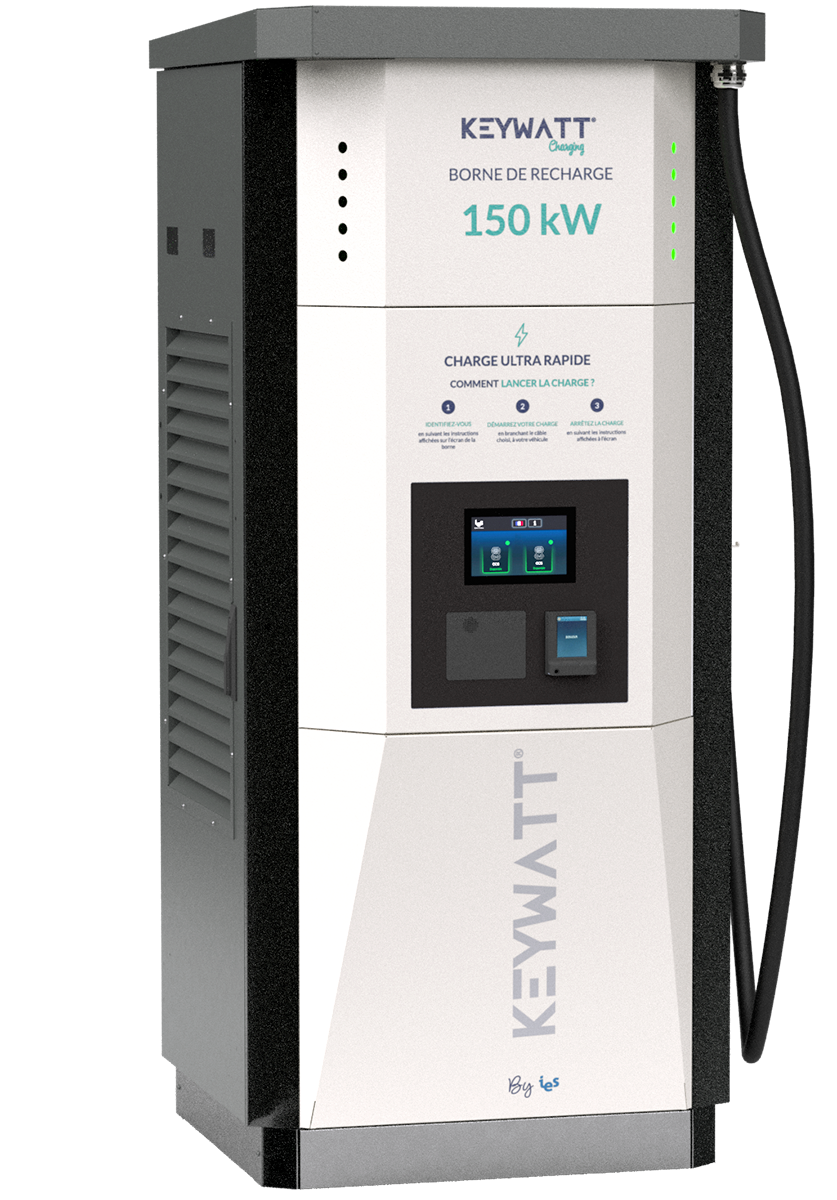
KEYWATT® S150
Developed to meet the need for ultra-fast charging on highways or in shopping center parking lots, and for charging heavy-duty vehicles, especially in depots.
- Designed to charge both light vehicles and heavy-duty vehicles.
- Deployed in private or public parking areas.
- High maintainability by design.
- A product optionally equipped with a POS terminal and a certified DC meter
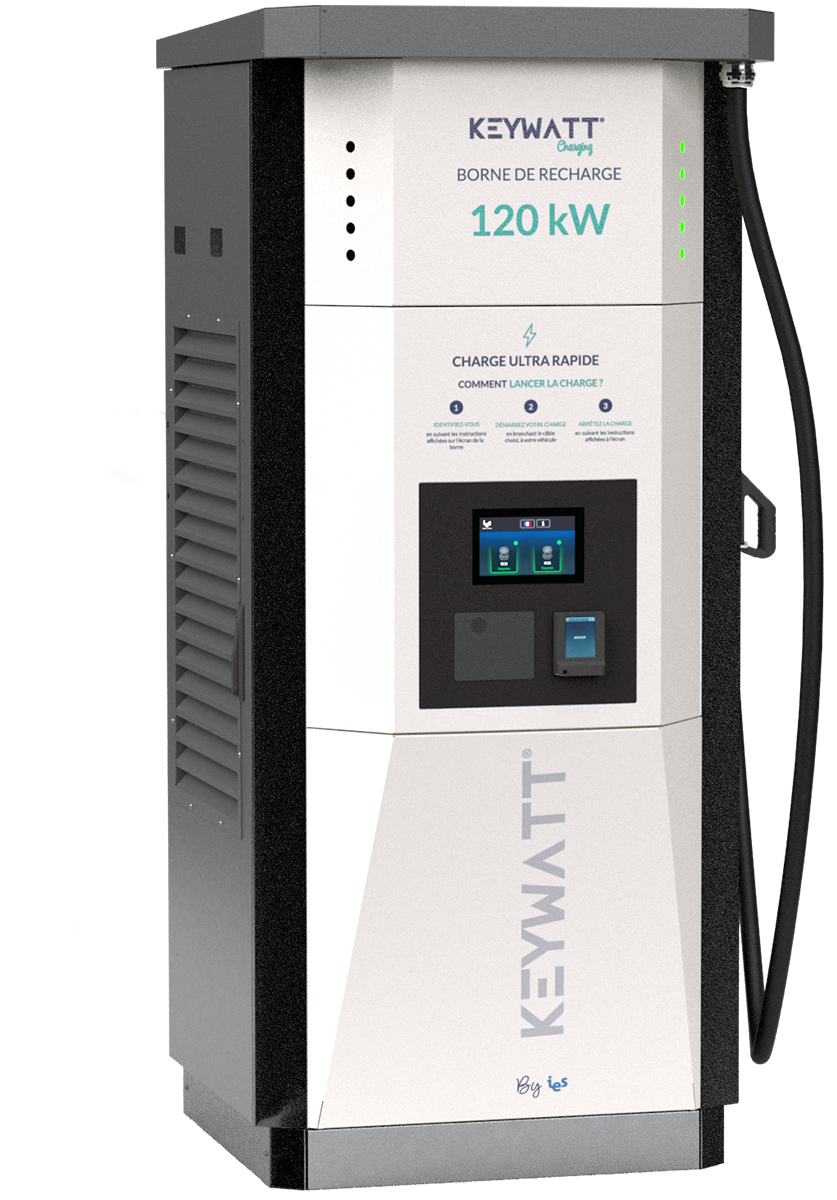
KEYWATT® S120
Developed to meet the need for ultra-fast charging on highways or in shopping center parking lots, and for charging heavy-duty vehicles, especially in depots.
- Designed to charge both light vehicles and heavy-duty vehicles.
- Deployed in private or public parking areas.
- High maintainability by design.
- A product optionally equipped with a POS terminal and a certified DC meter
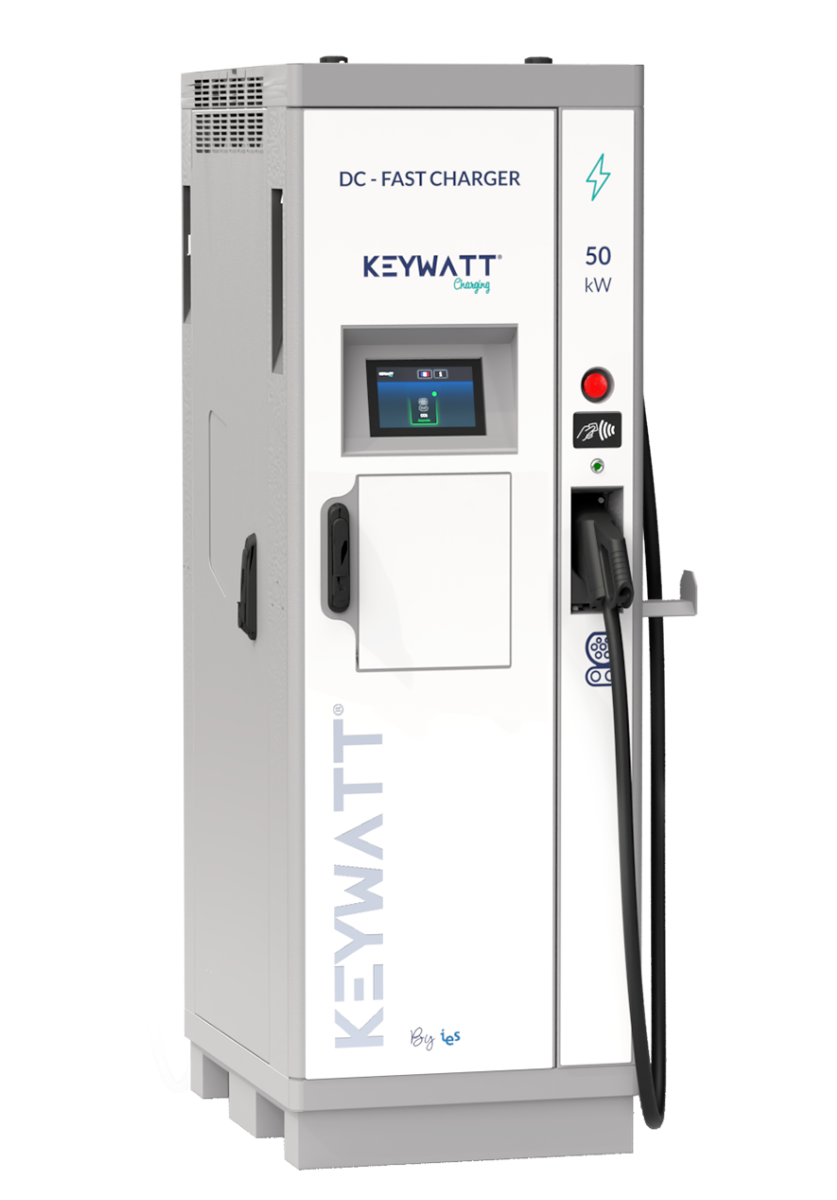
KEYWATT® S50
Developed to meet general needs for fast charging, on-street, on highways, or in private enterprises parking lots.
- Deployed in private or public parking areas.
- Cooling without a filter.
- A product optionally equipped with a POS terminal since 2022.
- A certified DC meter for the French market starting in 2024.

KEYWATT® S24
Designed to be deployed on-street and enable everyone to recharge quickly, including in urban areas, at a contained cost.
- The benchmark for urban DC charging in France.
- A user-oriented charging station.
- Cooling without a filter.
- A product optionally equipped with a POS terminal since 2022.
- A certified DC meter for the French market starting in 2024.
WALLBOX
The IES Synergy Wallbox offers rapid charging in an ultra-compact footprint, providing a cost-effective solution with efficient TCO and readiness for future evolutions. They are of course ready for Smart Charging via OCPP, and are safe and reliable, even for residential use.
In summary, the IES Synergy Wallbox embodies innovation in the electric vehicle charging station sector, meeting current requirements while being ready for the challenges of tomorrow.
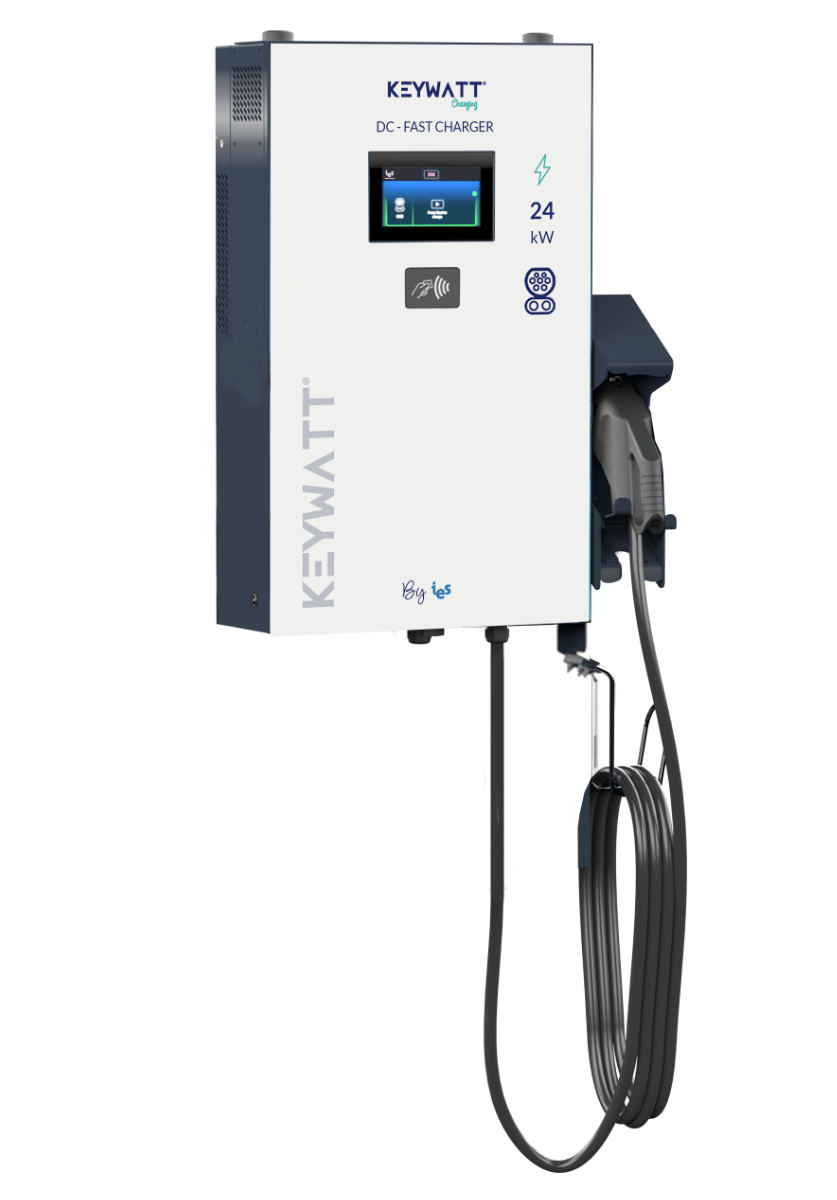
KEYWATT® W24
With its compact design, the KEYWATT® W24 has been providing the easiest and most economical solution for quickly charging electric vehicles in Europe and North America for nearly 10 years.
- Deployed in Europe and North America.
- Cooling without a filter.
- Offers multiple equipment combination options.
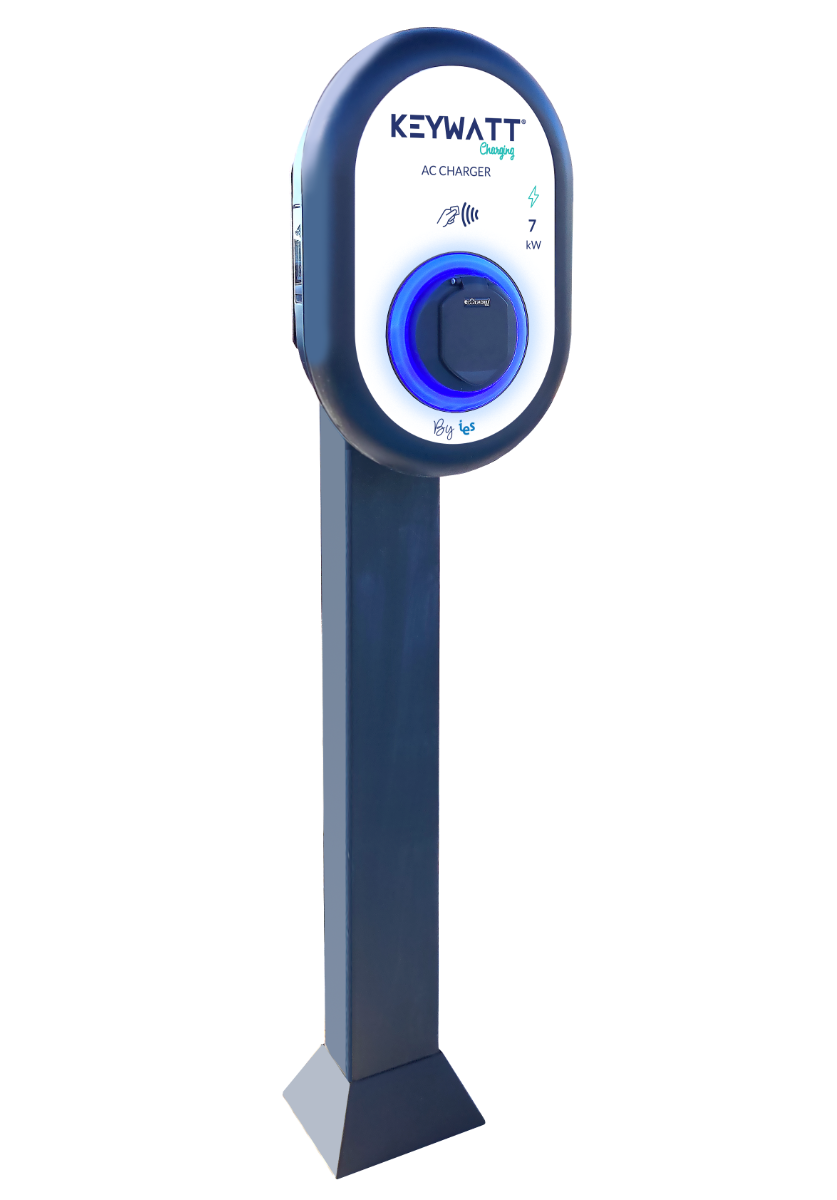
KEYWATT® W7a
The KEYWATT® W7a is the first AC wallbox offered by IES SYNERGY. It has become an important component of our offering for charging in private parking lots. Its front-facing T2S socket allows for a wide variety of installations and the smoothest possible charging experience.
![]()
Multi-Standard Rapid Charging Stations
The Keywatt® 24 and 50 kW fast charging stations incorporate, in a compact format, a universal charging solution, capable of serving all users, regardless of their vehicle. This applies in all situations (automotive dealerships, public roads, parking lots, businesses, buildings…).
Advanced and Economical Technology
Energy-efficient, our fast charging stations do not require heavy electrical installations or high energy subscription fees, making them economical charging solutions. Thanks to their hermetic design, our fast charging stations are also perfectly suited for intensive outdoor use.
AVERAGE CHARGING TIME (FROM 20% TO 80% OF THE BATTERY) WITH A 24KW DC CHARGING STATION
Peugeot 208
minutes
50Kw
Tesla Model 3
minutes
50Kw
Nissan Leaf
minutes
40Kw
Hyundai Kona
minutes
39Kw
Kia e-Niro
minutes
39Kw
Renault Zoe New
minutes
41Kw
OUR SOLUTIONS

CONTACT & QUOTE




